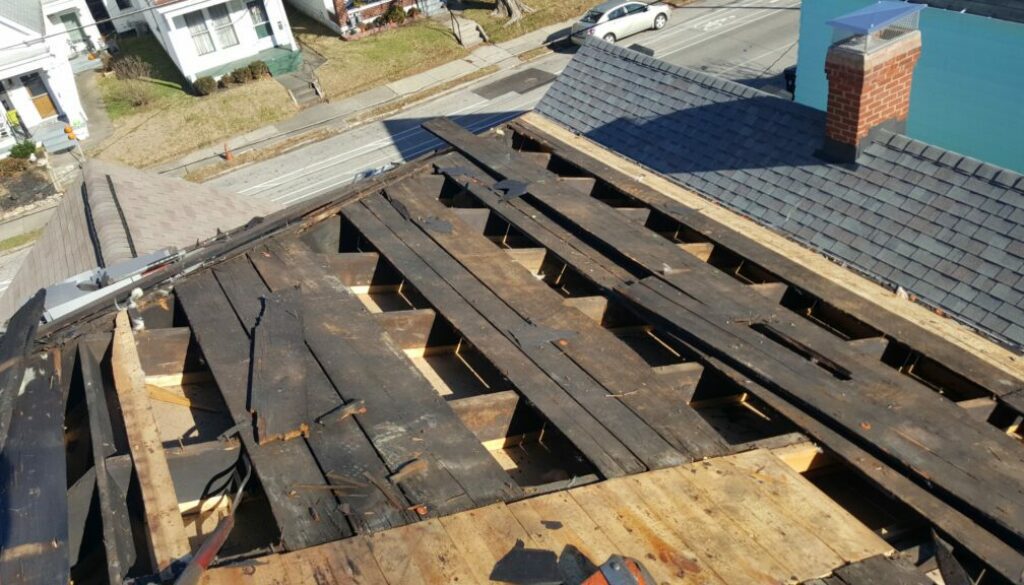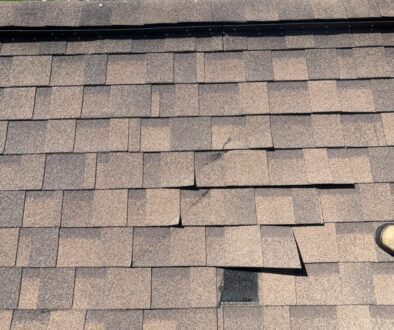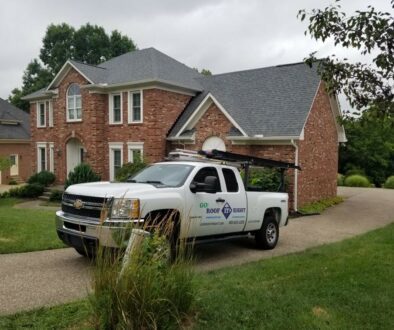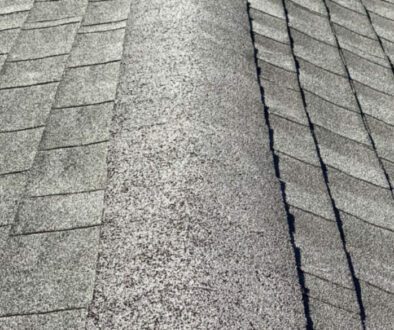Prepare the Deck or Prepare for Your Roof to Fail!
Choose a Contractor that Knows the Importance of Deck Preparation!
In our previous post we discussed why roof decking is important, not just to the longevity of your roof, but also in protecting your investment in your home. Manufacturers of roofing systems and insurance companies are not going to pay for failures of a roofing system or damage to your home caused in part by an improperly installed or out-of-compliance roof.
Costs for replacing decking can be unexpected and an expensive addition to the cost of your roof replacement. You should find a contractor that does their best to make sure that these costs are properly estimated and explained before the job begins, but don’t be surprised if, after tear-off, more damage is discovered.
Although replacing decking that does not meet installation or building code requirements is essential for a properly installed roof, mere replacement is not the only action your roofing contractor should be doing to ensure performance and longevity of your roofing system.
Owens Corning® recommends that, “All roof deck surfaces, regardless of type, should be clean, dry, and free of debris, protrusions, dust and oil prior to the installation of underlayment or asphalt shingles.”
Many roofing contractors may take the time to replace damage to decking because it is an additional charge to the homeowner that is reasonable when discovered. However, they will not take the time to properly clean and prepare the existing deck surface because a homeowner, expecting it to be included in the upfront cost, they may not notice if it is not done.
Unscrupulous contractors will take advantage of skipping these steps to save them time, to make the roof more affordable for the homeowner, and therefore more attainable for the contractor. However, affordability for the homeowner in the short run can lead to major expenses for them in the future, and the contractor will be long gone before those shortcomings are discovered.
We see many roofs with shingles installed over protruding nails and debris that were left from the previous roof, and should have been removed or driven into the deck, prior to the new system being installed. Over time these protrusions and debris work their way through the new underlayment and shingle to create a hole in the new roof surface.
If dust, oil, or granules are left on the roof deck prior to installation of the new underlayment, slippage can occur while installing new shingles. This can result in damage to the underlayment, or wrinkles in the felt and subsequently causing the shingles above to not sit completely flat on the roof surface. Over time these small imperfections can cause major problems for your roof.
You should ask your contractor upfront if a supervisor will be on the job to make sure these steps are taken during your roof replacement. The additional expense of a contractor who has an experienced supervisor to ensure quality and professionalism is well worth the money when it comes to protecting your home’s first line of defense from weather.



